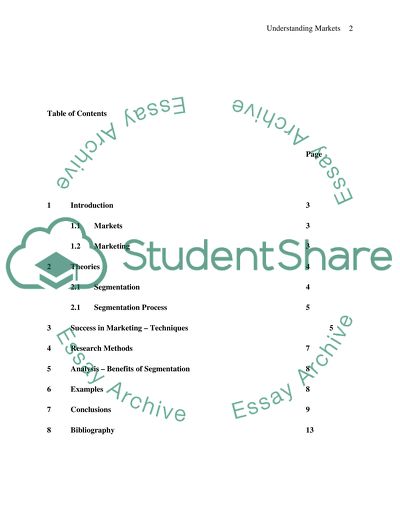Cite this document
(Analysis of Techniques Market Segmentation Term Paper, n.d.)
Analysis of Techniques Market Segmentation Term Paper. Retrieved from https://studentshare.org/marketing/1540838-understanding-markets
Analysis of Techniques Market Segmentation Term Paper. Retrieved from https://studentshare.org/marketing/1540838-understanding-markets
(Analysis of Techniques Market Segmentation Term Paper)
Analysis of Techniques Market Segmentation Term Paper. https://studentshare.org/marketing/1540838-understanding-markets.
Analysis of Techniques Market Segmentation Term Paper. https://studentshare.org/marketing/1540838-understanding-markets.
“Analysis of Techniques Market Segmentation Term Paper”, n.d. https://studentshare.org/marketing/1540838-understanding-markets.


